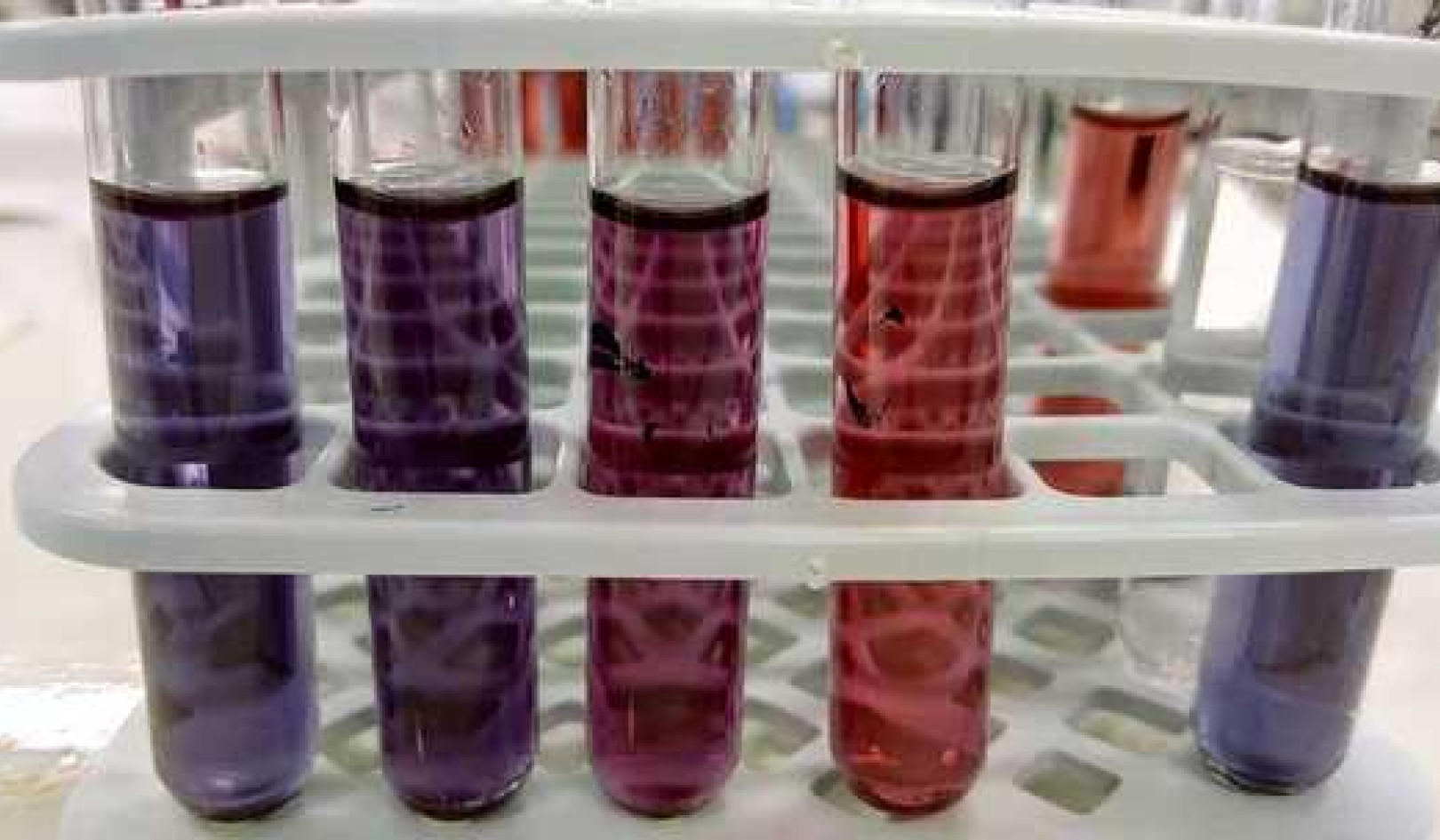
In this Article:
- Why have food allergies in children risen sharply over the past decade?
- How does early exposure to certain foods affect the development of allergies?
- What role do antibiotics and pollution play in childhood food allergies?
- How can allergies be managed effectively in children?
- Is the rise in food allergies slowing down or plateauing?
Why Food Allergies in Children Are on the Rise
by Sheena Cruickshank, University of Manchester
The number of people in England with food allergies has more than doubled between 2008 and 2018, a new study reveals. The researchers, from Imperial College London, found that rates are highest among preschool children, with 4% having a “probable” food allergy.
They also found that a third of those people at risk of anaphylaxis – a life-threatening allergic reaction – don’t carry adrenaline autoinjector “pens”, such as EpiPens. People in deprived areas were found to be less likely to have been prescribed these life-saving injectors.
The true number of people with food allergies has been difficult to establish, with estimates varying between under 1% and over 9% of children. This is because several methods are used to estimate the frequency of food allergies, including using either the number of prescriptions of adrenaline pens, self-reporting, or blood tests to identify telltale antibodies.
Self-reporting is the least reliable method because many people confuse food intolerance with allergy, as is evident from a recent report by the UK’s Food Standards Agency.
Of the over 30% of adults who reported an adverse reaction to foods, only 6% were subsequently confirmed to have a true food allergy. To bridge this gap in understanding how common food allergies are, the new study from Imperial College took a much broader approach to better estimate the incidence of food allergy.
Population healthcare data from over 7.5 million people in England and a combination of clinical criteria were used to identify people with food allergies in these health records.
People were considered to have an allergy if doctors indicated they had either had a possible or probable allergy, or if they had been prescribed an adrenaline pen, or both. Using this combination, the number of people with food allergies was shown to have doubled in a decade. Curiously, since 2018, levels have plateaued somewhat at around 4% in preschool children, 2.4% in school-aged children, and under 1% in adults.
The study, published in The Lancet Public Health, used a broad range of criteria to identify people with food allergies. Not all cases were confirmed by medical professionals using additional tests, such as the presence of antibodies in blood or food-challenge tests where people are given increasing amounts of certain foods to see if an allergic reaction occurs.
Some types of food allergy may have been missed, such as pollen food allergy syndrome. This occurs when people with specific pollen allergies eat some raw foods, including certain stoned fruits, that cause mild irritant symptoms, such as itching of the mouth. Still, there are important questions as to why food allergies have been rising, and why they may now be plateauing.
Puzzling
The trend in the increased rate of allergies in developed countries has puzzled scientists for years. The “old friend’s hypothesis” is one theory that may account for the growing incidence of chronic conditions such as allergies.
This hypothesis considers the role of the microbiome (the collection of helpful bacteria, fungi and viruses that live in and on us), infections and the environment in shaping our immune response and causing it to misfire.
Evidence to support this theory is accumulating. For example, studies show that high use of antibiotics in early childhood as the immune system and microbiome are developing is linked to a greater likelihood of allergy in later life.
Pollution exposure can also enhance the risk of allergy and worsen the severity of symptoms.
The food we were exposed to in early life may be important in determining if we develop an allergy. Previous advice from the UK government about avoiding early exposure to peanuts and eggs may inadvertently be linked to the rise in food allergy to peanuts and eggs.
Conversely, studies show that early exposure before the age of five to peanuts and eggs is linked to a reduced likelihood of developing an allergy.
The advice in the UK to avoid peanuts and eggs during pregnancy and early childhood was changed in 2009, but the trials showing the positive effects of early exposure to eggs and peanuts were only published in 2015 and 2016. However, it is possible that the plateauing incidence of food allergy cases is linked to changes in advice and the published infant food exposure trials.
Diagnosis is only part of the story. People also need to be able to effectively manage their condition. This requires patients to have access to the right advice and support from experts, such as dietitians, as well as the drugs needed to halt an anaphylactic attack.
For babies diagnosed with a food allergy, there is now good evidence that incrementally reintroducing the food that causes the allergy can retrain the immune system and might help the child overcome their allergy. However, this must only be done under the guidance of a medical team.
The new study showed that allergy care was largely managed at GP practices in England. However, GP clinics may lack the specialist resources needed for proper allergy support, such as safely re-introducing foods.
It is clear that people in the UK with allergies need better support.![]()
Sheena Cruickshank, Professor in Immunology, University of Manchester
Article Recap:
Food allergies among UK children have risen sharply over the past decade, especially in preschoolers. Factors such as early exposure to food, antibiotic use, and pollution have contributed to this rise. However, there is evidence that early introduction of certain allergenic foods may reduce the risk of allergies. Proper allergy management is crucial, with support from dietitians and healthcare professionals to prevent severe reactions and reintroduce foods under medical guidance.
This article is republished from The Conversation under a Creative Commons license. Read the original article.
Related Books:
The Body Keeps the Score: Brain Mind and Body in the Healing of Trauma
by Bessel van der Kolk
This book explores the connections between trauma and physical and mental health, offering insights and strategies for healing and recovery.
Click for more info or to order
Breath: The New Science of a Lost Art
by James Nestor
This book explores the science and practice of breathing, offering insights and techniques for improving physical and mental health.
Click for more info or to order
The Plant Paradox: The Hidden Dangers in "Healthy" Foods That Cause Disease and Weight Gain
by Steven R. Gundry
This book explores the links between diet, health, and disease, offering insights and strategies for improving overall health and wellness.
Click for more info or to order
The Immunity Code: The New Paradigm for Real Health and Radical Anti-Aging
by Joel Greene
This book offers a new perspective on health and immunity, drawing on principles of epigenetics and offering insights and strategies for optimizing health and aging.
Click for more info or to order
The Complete Guide to Fasting: Heal Your Body Through Intermittent, Alternate-Day, and Extended Fasting
by Dr. Jason Fung and Jimmy Moore
This book explores the science and practice of fasting offering insights and strategies for improving overall health and wellness.
Click for more info or to order

























